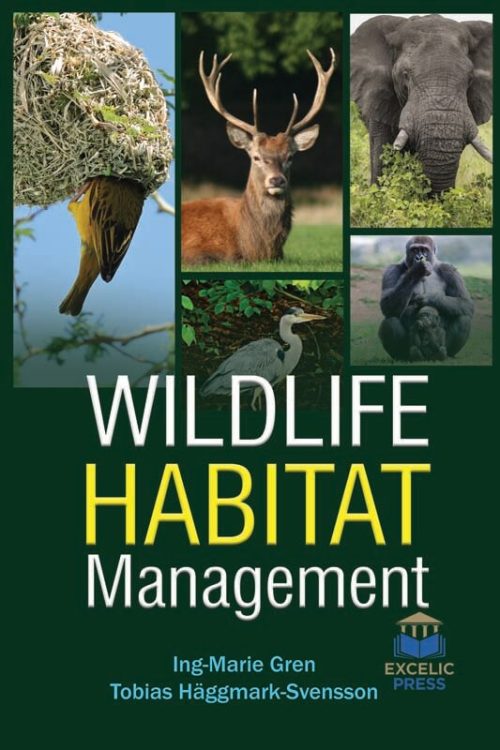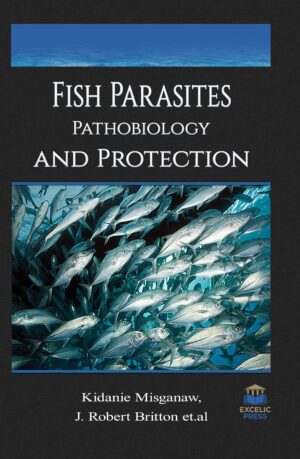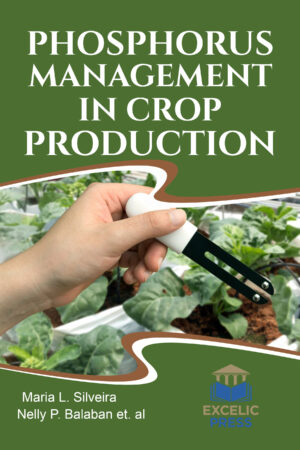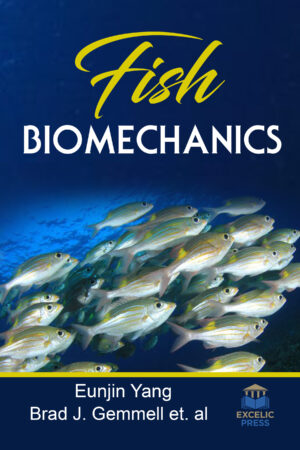Description
There exists an enormous diversity in the wild flora and fauna of the earth. However, global environmental changes like climate change, deforestation, desertification, and human land use have had a severe impact on this animal and plant life. Wildlife presents both harms and benefits to society. The harms that wildlife presents are, hunting livestock, destroying crops, traffic collisions and transmission of diseases to plants and humans. While the benefits it presents are hunting, recreational activities, food, and ecosystem services. Today, there is a huge risk to the animal kingdom, with over 1210 species of mammals, 1469 species of birds, 2100 reptilians and 2385 species of fish under threat. Activities such as illegal wildlife trade, the spread of invasive species and diseases, and the human impact on the Earth’s climate is changing the nature of wild habitats.
This book is intended to presents a different approach to Wildlife Habitat Management, by delivering comprehensive coverage of the entire field of native wildlife management. This book explores two of the main topics of research in the economics of wildlife management: determination of population sizes and policy design. It elaborates on these topics is a thorough and comprehensive manner, especially in the estimation of the value and costs of wildlife, where this information is crucial in the determination of population size. Despite a rich wildlife population, tropical forests have faced extensive degradation due to human activities, and their destruction is still going on in many ways. The current information we have on the tropical forest as the ideal habitat for many wildlife species is inadequate. It is highly essential to examine with solid grasp the suitability of the tropical forest as attractive habitat for a diversity of wildlife species to understand their functional role in the fragile forest ecosystem and to formulate better conservation and management strategies in the future. This book, therefore, highlights that tropical forests are an ideal habitat for a wide array of wildlife species. Further, it evaluates the habitat quality for selected wildlife species associated with island back channels. It also explores the factors affecting hedgehog attraction to rural villages in arable landscapes. Wildlife is under constant threat from various human activities like illegal animal trade, the spread of invasive species and diseases, and modification or destruction of habitats due to climate change. With new technology and studies, conservationists, scientists, and the public can understand wildlife, their habitat, and threats that they have faced, in a thorough manner. The last chapter explores the benefits of using new technology in animal ecology and conservation. The book will also be valuable to students, researchers, and wildlife biologists in developing their research and management.





